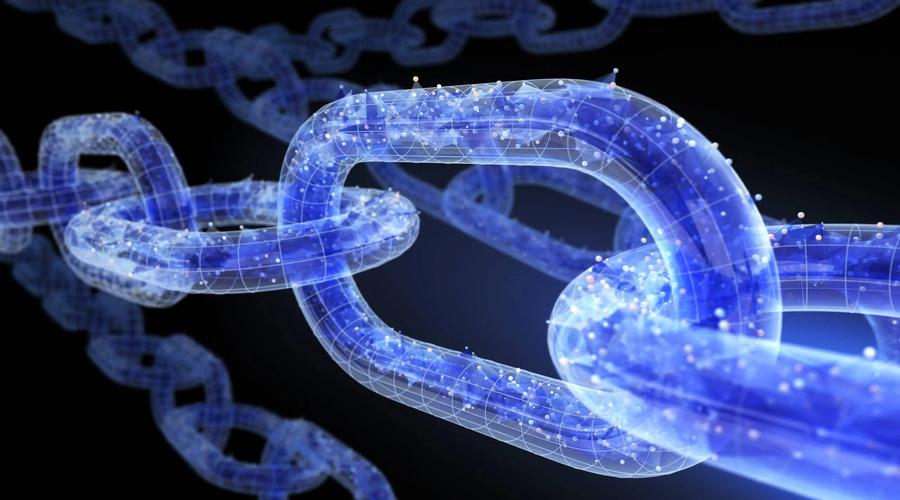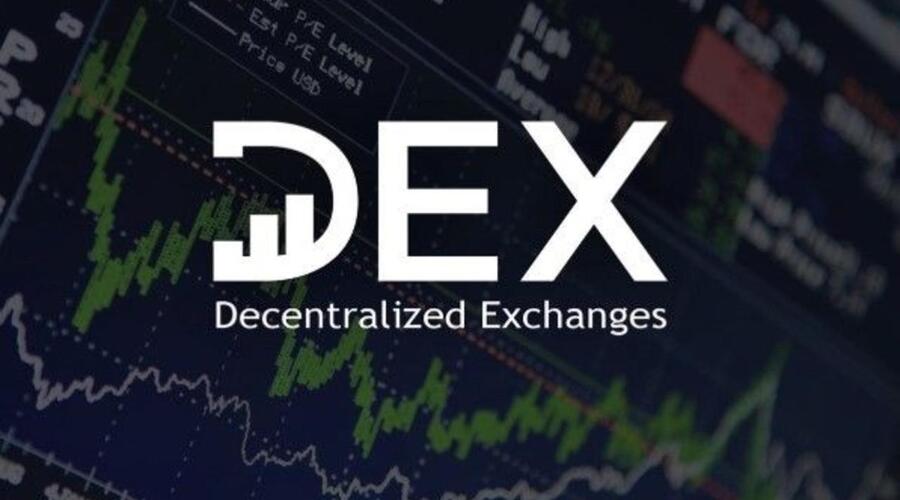Oracles play a crucial role in enabling seamless data transfers and interoperability between different blockchains in the context of cross-chain bridges. In this article, we will delve into the significance of oracles and how they facilitate the secure and reliable transfer of data between blockchains.
Introduction
Cross-chain bridges enable the transfer of assets and data between different blockchain networks, unlocking new possibilities and enhancing the interoperability of decentralized applications. Oracles act as intermediaries in this process, facilitating the transfer and verification of external data required for seamless cross-chain communication.
Understanding Cross-Chain Bridges and Interoperability
Cross-chain bridges are protocols or mechanisms that establish connections between different blockchain networks, allowing the transfer of assets and data across chains. Interoperability refers to the ability of these networks to communicate and interact with each other seamlessly.
The Role of Oracles in Cross-Chain Bridges

– Fetching and Verifying External Data
Oracles fetch data from external sources, such as APIs or real-world events, that are not natively available on the blockchain. This data can include price feeds, weather data, or any other information required for cross-chain communication. Oracles also verify the authenticity and accuracy of the fetched data before transmitting it to the receiving blockchain.
– Data Packaging and Formatting
Oracles package and format the fetched data in a way that is compatible with the receiving blockchain’s data structure and format. They ensure that the data can be seamlessly understood and utilized by the smart contracts or applications on the receiving blockchain.
– Cross-Chain Communication
Oracles establish communication channels between different blockchains, allowing the transmission of data from one blockchain to another. They act as bridges themselves, relaying the data securely and efficiently across chains to enable interoperability.
– Consensus and Data Integrity
Oracles ensure data integrity by employing consensus mechanisms to verify and validate the accuracy of the data. This can involve multiple oracles reaching a consensus on the data or using cryptographic techniques to ensure the integrity and immutability of the transmitted information.
Oracle Types and Implementations
– Centralized Oracles
Centralized oracles rely on a single data source or authority to fetch and transmit data. While they can offer fast and straightforward data transfer, they are more susceptible to single points of failure and potential manipulation of data.
– Decentralized Oracles
Decentralized oracles source data from multiple independent nodes or sources, enhancing security, reliability, and resistance to manipulation. Consensus mechanisms are often employed to reach agreement on the accuracy and validity of the data.
– Hybrid Oracles
Hybrid oracles combine the characteristics of centralized and decentralized oracles. They leverage the speed and simplicity of centralized oracles while incorporating decentralized elements to enhance security and reliability.
Ensuring Oracle Security and Reliability
– Data Source Reputation and Verification
Verifying the reputation and reliability of data sources is essential to ensure the quality and accuracy of the fetched data. Oracles should utilize trusted and reputable sources, performing due diligence to assess the credibility and integrity of the data providers.
– Consensus Mechanisms and Consistency Checks
Implementing consensus mechanisms among the oracle nodes or sources helps ensure data consistency and accuracy. Consistency checks, such as comparing data from multiple sources or applying cryptographic proofs, enhance the reliability of the data transmitted across chains.
– External Adapters and Data Authentication
External adapters can be utilized to connect oracles with specific data sources or APIs, ensuring compatibility and secure data transmission. Data authentication mechanisms, such as digital signatures or cryptographic proofs, can further enhance the integrity and authenticity of the transmitted data.
– Audits and Security Assessments
Regular audits and security assessments of the oracle infrastructure and processes are crucial to identify vulnerabilities and potential points of failure. Engaging professional auditors and security experts helps ensure that the oracle system is secure, reliable, and resilient to attacks.
Ensuring Data Privacy and Confidentiality
Data privacy and confidentiality are critical considerations when it comes to oracles in cross-chain bridges. To protect sensitive data, several measures can be implemented:
- Encryption: Oracles can employ encryption techniques to secure the transmitted data, ensuring that it remains confidential and inaccessible to unauthorized parties.
- Secure Communication Channels: Utilizing secure communication channels, such as encrypted connections or virtual private networks (VPNs), adds an extra layer of protection to prevent data interception or tampering during transmission.
- Data Minimization: Oracles can adopt the practice of data minimization, where only necessary and relevant data is transmitted, reducing the risk of exposing sensitive information unnecessarily.
Cross-Chain Bridge Interoperability and Standards
Interoperability and the establishment of standards are essential for seamless communication between different cross-chain bridges and blockchain networks. Key considerations include:
- Standardized Communication Protocols: Developing and adhering to standardized communication protocols and interfaces allows for consistent and compatible data transfers between different cross-chain bridges.
- Cross-Chain Standardization Efforts: Collaborative efforts within the blockchain community can focus on defining cross-chain standards and best practices, facilitating interoperability and fostering the growth of cross-chain bridge ecosystems.
- Cross-Chain Compatibility Testing: Conducting rigorous compatibility testing between different cross-chain bridges helps identify and resolve potential compatibility issues, ensuring smooth data transfers and interoperability.
Oracles and Trustworthiness in Cross-Chain Bridges
Trust is a fundamental aspect of oracles in cross-chain bridges. To ensure trustworthiness, the following factors should be considered:
- Reputation and Reliability: Evaluating the reputation and track record of oracles, including their historical performance, data accuracy, and community trust, helps determine their trustworthiness.
- Transparency: Oracles should provide transparency regarding their data sources, verification processes, and operational procedures. This transparency instills confidence in the accuracy and integrity of the data they provide.
- Audits and Certifications: Engaging in regular audits and obtaining certifications from reputable security firms or blockchain organizations can validate the security measures and practices of oracles, enhancing their trustworthiness.
Future Innovations and Advancements in Oracle Technology
The field of oracle technology continues to evolve, with ongoing research and development focusing on advancing the capabilities and security of oracles in cross-chain bridges. Some areas of innovation include:
- Real-Time Data Streaming: Exploring technologies that enable real-time data streaming from external sources to decentralized applications, improving the timeliness and accuracy of data in cross-chain communication.
- Secure Hardware Integration: Integrating hardware-based security measures, such as secure enclaves or trusted execution environments, into oracles to enhance the confidentiality and integrity of data.
- Machine Learning and AI in Oracles: Leveraging machine learning and artificial intelligence techniques to improve oracle performance, automate data verification processes, and enhance the overall efficiency and reliability of oracles.
Scalability and Performance Considerations
Scalability and performance are crucial aspects to consider when utilizing oracles in cross-chain bridges. Some considerations include:
- Off-Chain Computation: Off-loading computationally intensive tasks from the blockchain to external oracles can improve scalability by reducing the computational burden on the underlying blockchain network.
- Caching and Data Optimization: Implementing caching mechanisms and data optimization techniques can enhance performance by reducing redundant data transfers and improving response times for frequently accessed data.
- Load Balancing: Distributing data requests across multiple oracle nodes helps prevent bottlenecks and ensures optimal utilization of resources, improving scalability and performance.
Governance and Decentralization of Oracles
Governance and decentralization of oracles are important for maintaining trust and reliability. Here are some considerations:
- Decentralized Governance Models: Implementing decentralized governance models allows token holders or stakeholders to participate in decision-making processes, ensuring transparency and avoiding single points of control.
- Oracle Tokenomics: Introducing native tokens or incentive mechanisms can align the interests of participants, encouraging active participation, and promoting decentralization in the oracle ecosystem.
- DAOs and Community Participation: Utilizing decentralized autonomous organizations (DAOs) enables community members to contribute to the governance and decision-making processes of the oracle system, fostering decentralization and collective ownership.
Oracles and Cross-Chain DeFi Applications
Oracles play a crucial role in enabling cross-chain decentralized finance (DeFi) applications. Consider the following:
- Price Feeds and Market Data: Oracles provide reliable and accurate price feeds and market data from various sources, enabling cross-chain trading, liquidity provision, and decentralized price discovery.
- Interoperable Decentralized Exchanges (DEXs): Oracles facilitate the seamless transfer of assets between different blockchains, enabling interoperable DEXs that enhance liquidity and trading opportunities across multiple networks.
- Cross-Chain Lending and Borrowing: Oracles supply essential data for cross-chain lending and borrowing protocols, enabling users to access liquidity and participate in decentralized lending markets across different blockchain ecosystems.
Security Audits and Certifications
Conducting security audits and obtaining certifications are crucial steps to ensure the reliability and robustness of oracles in cross-chain bridges. Consider the following:
- Independent Audits: Engaging third-party security firms to perform comprehensive audits of the oracle infrastructure and protocols helps identify vulnerabilities and strengthens the overall security of the system.
- Certifications and Compliance: Obtaining certifications and adhering to compliance standards, such as ISO or SOC 2, demonstrates a commitment to security best practices and provides assurance to users and stakeholders.
- Bug Bounty Programs: Implementing bug bounty programs incentivizes the community to discover and report vulnerabilities, promoting a collaborative approach to security and enhancing the overall resilience of the oracle system.
Conclusion
Oracles play a vital role in facilitating the secure and reliable transfer of data between blockchains in the context of cross-chain bridges. They fetch, verify, package, and transmit external data, enabling seamless cross-chain communication and interoperability. By implementing robust oracle solutions, ensuring data integrity, and employing consensus mechanisms, the DeFi ecosystem can harness the full potential of cross-chain bridges for innovative decentralized applications and services.




